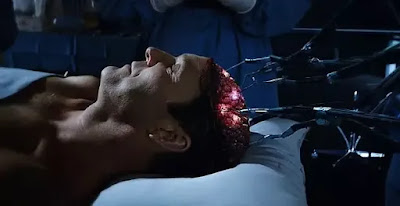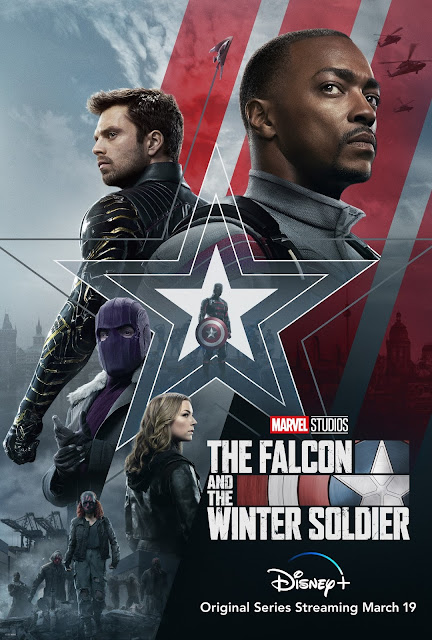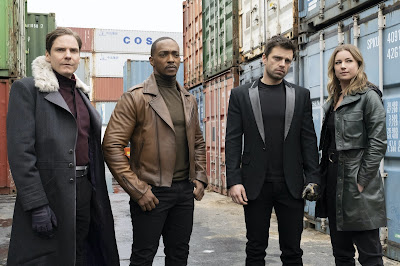Allow me a bit of a self-indulgent review. Recently, just for fun, I've felt like going back to some Lego Games. While I know this is ironic because every Lego Game I've reviewed, I've been highly critical of, they made up a good chunk of my childhood/ early teenage years in gaming. As someone who grew up with the Prequel movies going into cinemas for the first time, a child of two Star Wars fans and was also into both Lego and gaming, it should come as no surprise to learn that Lego Star Wars games were in my gaming library as a kid. I had Lego Star Wars 1 (based around the then-new prequels) and Lego Star Wars 2 (based around the original trilogy) for the Playstation 2. But, when I got a Wii, I got today's review subject, Lego Star Wars: The Complete Saga (a directors cut of the two games that put them together with some extra content). Though my memory is hazy, I want to say that these were some of the first games I played to completion, and the main reason why I try to complete Lego Games to this day (I say try because Dimensions and Marvel 2 said, "Haha, no!" thanks to game-breaking bugs and corrupted save files). I loved these games as a kid, but do they still (or at least, the Complete Saga as I don't have Lego Star Wars 1 and Lego Star Wars 2 anymore) hold up now?

The story for the game is pretty self-explanatory. The six movies released as of 2007, The Phantom Menace, Attack of the Clones, Revenge of the Sith, A New Hope, The Empire Strikes Back, and Return of the Jedi, retold in a comedic style casting mostly mute Lego Minifigure representations of all the characters. The only voices in this game, aside from the occasional voice clips from Battle Droids, is grunts, so the critical story moments are primarily done with visual comedy. Vader tells Luke he is his father? Done with a polaroid picture of Anakin and a pregnant Padme. Hyperdrive broken in the Royal Naboo Starship? The collection of bricks that make it up explode with Obi-Wan giving a look of "I dunno how to fix this". What bits of the story they can't describe in cutscenes get told with Star Wars title scrolls at the start of each level. It all works surprisingly well. Even if you aren't a Star Wars fan or have seen the movies, you get a good grasp of what's going on, even if the exact specifics on why is unclear. Back when the first game was new, while I'm pretty sure I had seen Phantom Menace and Attack of the Clones on DVD, I hadn't seen Revenge of the Sith. It's why I can say with a level of confidence that it's easy to know what's going on so long as you're paying attention in the cutscenes.

The jokes in the cutscenes are pretty amusing, with a good handful of tricks getting a good chuckle out of me, but the gameplay's central comedy comes from the gameplay itself. Like with all the TT Games developed Lego Games released after Lego Star Wars, Complete Saga is an (I don't want to say Action-Adventure because of how broad and generic the term has become now) mix of 3D platforming collect-a-thon with beat 'em up combat and pretty simple puzzle-solving themed around interacting with Lego objects in the world. If it's made of Lego, you can interact with it, be it breaking it, building it, riding it, triggering switches, the usual basic puzzle solving checklist. It's nothing groundbreaking, and when compared to other similar games of its time, it can be rather mundane. However, what helps it stand out alongside other PS2/Gamecube/Xbox Action-Adventure games is the strong theming to the source material and the comedic nature of the game leading to funny moments throughout the game. One thing that did get a laugh out of me was the disco rooms, especially the one on Kamino in Attack of the Clones. Even moments like finding the Mos Eisley Cinema in A New Hope helped give the relatively simple gameplay some much-needed charm and making it memorable.

When not running around as minifigures, you're in control of iconic Star Wars vehicles with servicable control. Lego games and vehicles have a mixed history. If you were to ask me what I'd prefer for the execution, I would say these vehicles over the newer games and their insistence on over-world races, all because of one word, control. At no point throughout my time controlling the vehicles did I feel like I wasn't in control of it. While some things like the Proton bombs are tedious, it is nothing compared to the frustration I had when trying to control a vehicle in games like Lego Marvel 2 and Lego DC Supervillains. I had more fun controlling vehicles like Anakin's Pod Racer and the Hoth Snowspeeders than I had in any race mini-game in DC Villains because one felt like a balanced challenge that was playtested thoroughly. In contrast, the other felt like the developers went, "Oh shit, we need to have a reason to get in these vehicles don't we?".
 |
Fun fact, I actually have this set. Only reason I skipped the remake was the cost. Lego Star Wars toys are expensive...
|
There is also a hub world to explore. Still, unlike the recent Lego games where the hub world is an open world with lots of things to do, the Mos Eisley Cantina is designed more like the Comet Observatory from Super Mario Galaxy or Station Square from Sonic Adventure. It's small; practicality focused, more of a time-waster, place to mess around rather than something to explore in great detail. While I prefer this due to the nature of the games, there's no correct answer for which style is objectively better, as the more extensive hub world can help make the game feel more prominent than it is. However, my bias might be down to the fact that I feel like levels in more modern Lego games are shorter and smaller when compared to levels in games like The Complete Saga.

The soundtrack for the game is ripped right out of the movies, which is great for Star Wars fans, though one minor nitpick of mine is that the dynamic soundtrack does get annoying when it keeps changing from "quiet and peaceful" to "you're being attacked" just because you got a bit to close to some distant Battle Droids. Visually though, this game has and hasn't aged well. While the designs for the Lego objects, such as the destroyable small builds, the vehicles, and the minifigures, look alright, even nostalgic at times due to how the models were based around actual Lego sets at the time, the background textures and the resolution do look quite bad by today's standards. I played the Playstation 3 version of the game for this review, and even just comparing this game to Lego Star Wars 3: The Clone Wars, let alone recent games on last-gen hardware, shows how far the Lego games have come in terms of visual presentation. It's hard to deny that it looks dated now, and while that's not inherently a problem, I know that there are people out there who struggle to play older games due to lower visual quality.

I remember a comment regarding one of my Lego Game reviews; I forget which one; I think it might have been Lego Marvel 2. It brought up the fact that the Lego Games are meant for kids, so looking at them from an adult's perspective is meaningless, redundant, stupid even (I'm paraphrasing based on memory here). I'm afraid I have to disagree with this statement, for the same reason that Pokemon isn't purely a kids game, or the fact that the recent Lego Movies (I say recent, but the first Lego Movie is seven years old) aren't kids movies. They're for the whole family. Lego is, at its core, a family toy as people of all ages can play with it, create things with it. There's a whole TV show based on Adults building stuff out of Lego that has versions for 11 different countries; I don't think you can find many people who'd argue, "It's just for kids." So why are the Lego Games getting treated as "just for kids"? I recently just finished completing Lego DC Supervillains, one of the most recent Lego Game at the time of writing. Yes, it had more things to do in it, more places to explore, more characters to play as, more vehicles to control, but I was only having fun for a small section of it. The levels felt short, and hub world exploration felt cumbersome and tedious; many of the missions felt like mindless busywork. Elements of the control actively angered me at times, primarily when switching characters in free play mode due to the Selfie Button, but especially in racing missions where I actively wanted to rip my hair out because of how awkward the vehicles were to control. Is Complete Saga better? Arguably no, there are things about it that frustrated me, such as changing the player-controlled character in story mode, basic and repetitive combat, the surprisingly small window to collect studs and hearts, along with collision and clipping issues of said studs and hearts. I could also see people having a hard time getting back into it due to the lack of quality of life improvements to puzzles between 2007 and 2018. But when comparing the amount of time I was having fun in Star Wars compared to the amount of time I was having fun in DC Villains, Star Wars wins by a lot because it feels more refined.

With The Skywalker Saga coming out sometime this year (supposedly), I can't say for sure yet if it's worth going out of your way to play The Complete Saga. The primary reason is it being for older consoles, and finding copies of games for those consoles is getting harder and harder to find due to them no longer being inconvenient shops. It is available on Steam; however, I do not recommend playing it with keyboard controls. Though it does still hold up well, the game itself is interesting to look at it and see how far the Lego Games have come, how many steps forward they've taken, and how many steps back they've taken. It is a good game; there are reasons why many people put this as the best Lego game TT Games has made, if not the best Lego Game period. This is the main reason I'm so critical of the newer Lego games; newer doesn't always mean better. I hope Skywalker Saga is good, but while my hopes are high, my expectations are low, which is a shame.




















